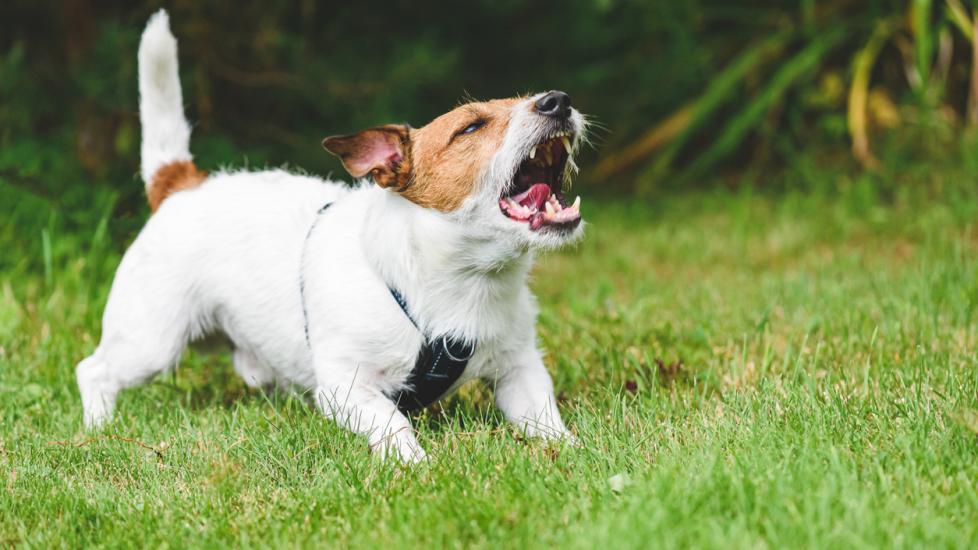In the realm of pet ownership, few challenges can be as daunting as managing aggressive behavior in dogs. Aggression is a complex and multifaceted issue that requires patience, understanding, and professional intervention to address effectively. As an animal lover and a writer passionate about pets, I aim to shed light on this critical topic with sensitivity, offering insights into recognizing aggression’s signs, understanding its causes, and implementing strategies for positive behavioral change. Let us embark on a journey through the world of dog aggression, exploring ways to foster harmony within our homes and strengthen the unbreakable bond between humans and their furry companions.
Recognizing the Signs: The first step towards addressing aggression is identifying its various forms. Dog aggression can manifest in different contexts—towards other animals, strangers, or even family members. Common indicators include growling, baring teeth, lunging, biting, or any display of intense body language aimed at intimidating others. It’s crucial to recognize these behaviors early on to prevent them from escalating further.
Understanding Causes: A multitude of factors may contribute to a dog’s aggressive tendencies. Genetics play a role; certain breeds are predisposed to specific types of aggression. Environmental influences such as lack of socialization during critical developmental periods, trauma, fear, or pain can also trigger aggression. Additionally, improper training methods and inconsistent rules within the household can lead to confusion and anxiety, which may then manifest as aggression.
Building Trust and Rapport: Creating a relationship based on trust and respect is essential when working with an aggressive dog. Positive reinforcement techniques, such as reward-based training, encourage desired behaviors while minimizing punishment that could exacerbate fear and tension. Consistency in commands and expectations goes a long way in establishing clear boundaries without causing undue stress. Patience and empathy are key components in fostering a bond built on mutual love and understanding.
Modifying Behavior: Professional help should always be sought if you suspect your dog has aggression issues. Certified trainers, veterinarians, and animal behaviorists can provide tailored advice and treatment plans. Techniques like desensitization and counterconditioning can gradually retrain dogs to respond differently in situations that previously triggered aggression. Management tools like muzzles, barriers, and leashes might initially be necessary to ensure safety until progress is made.
Creating a Safe Environment: In addition to individualized training, it’s important to modify the environment to reduce triggers. This includes ensuring all family members interact with the dog consistently and positively, providing ample exercise and mental stimulation to reduce boredom, and supervising interactions with unfamiliar people and animals to avoid misunderstandings. By creating an atmosphere of predictability and security, we empower our canine friends to thrive happily alongside us.
Conclusion: Dog aggression is a serious concern that demands careful attention and skilled management. Through recognition of symptoms, understanding underlying causes, building strong relationships, modifying behaviors, and creating safe environments, we can create harmonious households where both pets and people flourish. With dedication and compassion, every dog can overcome challenges and become a beloved member of society.
